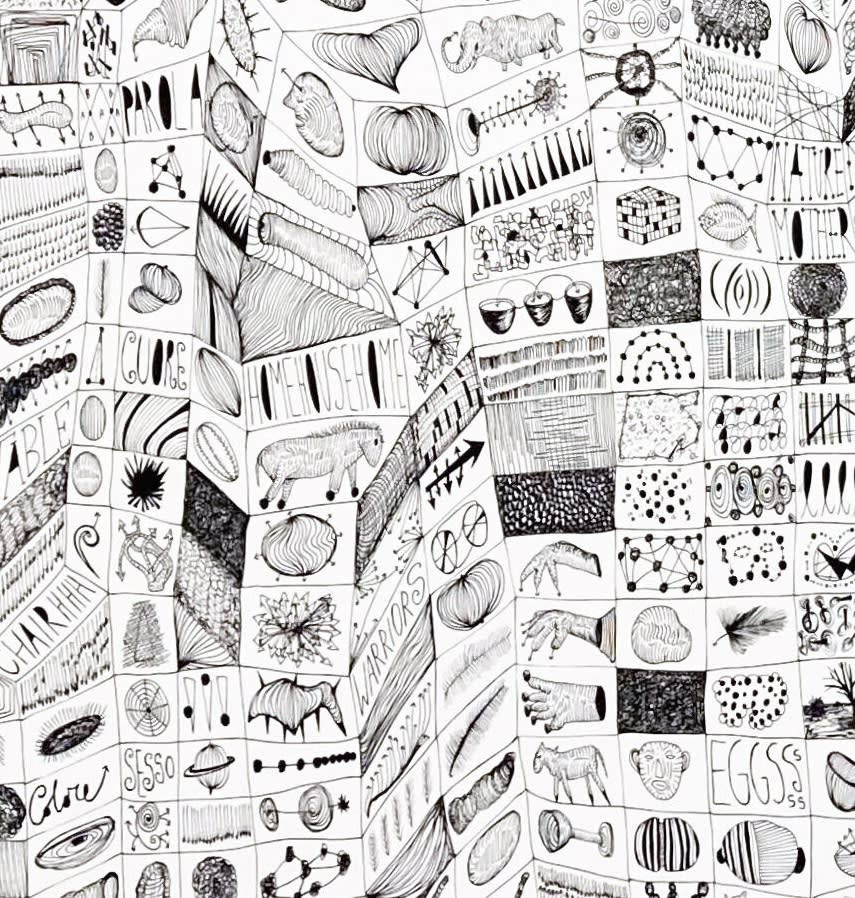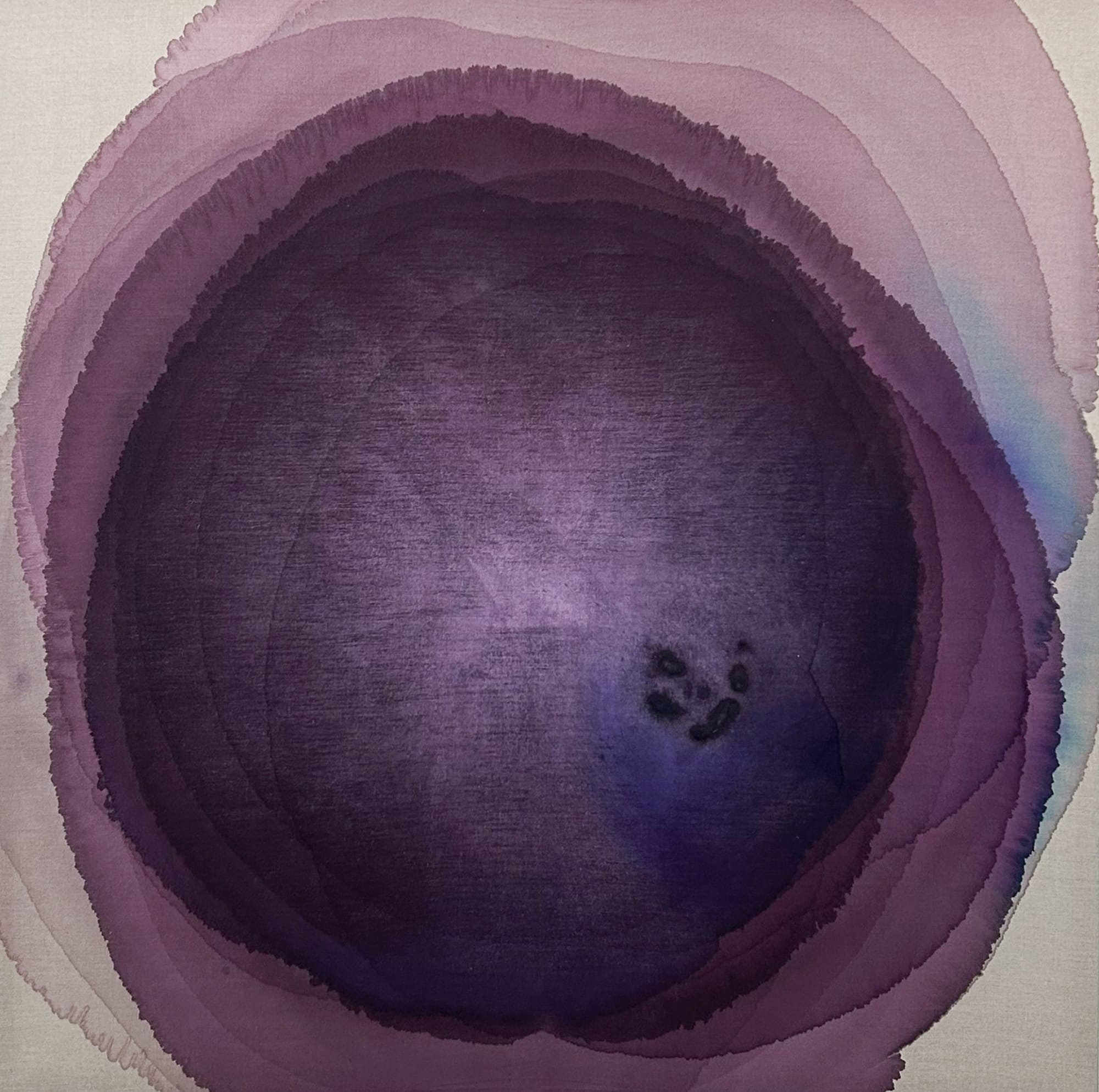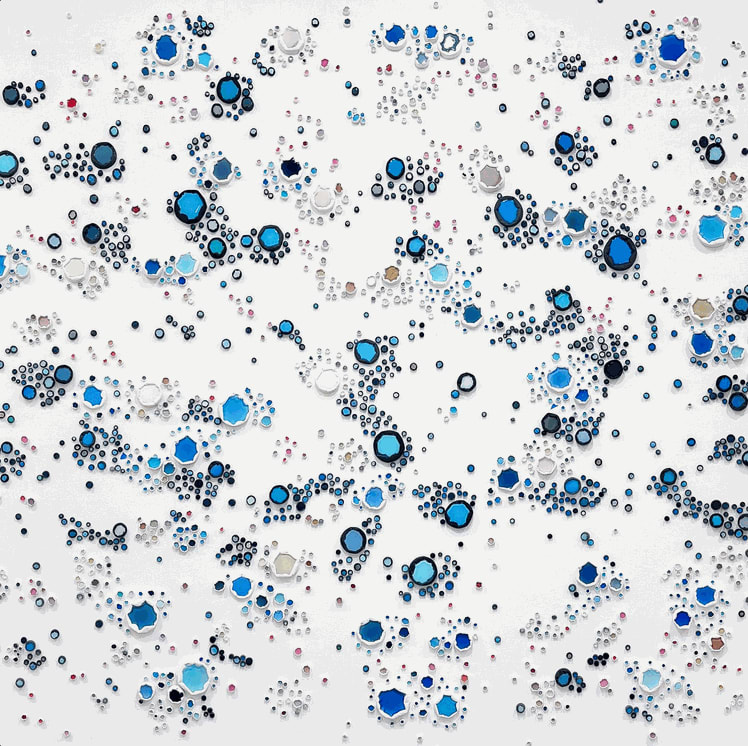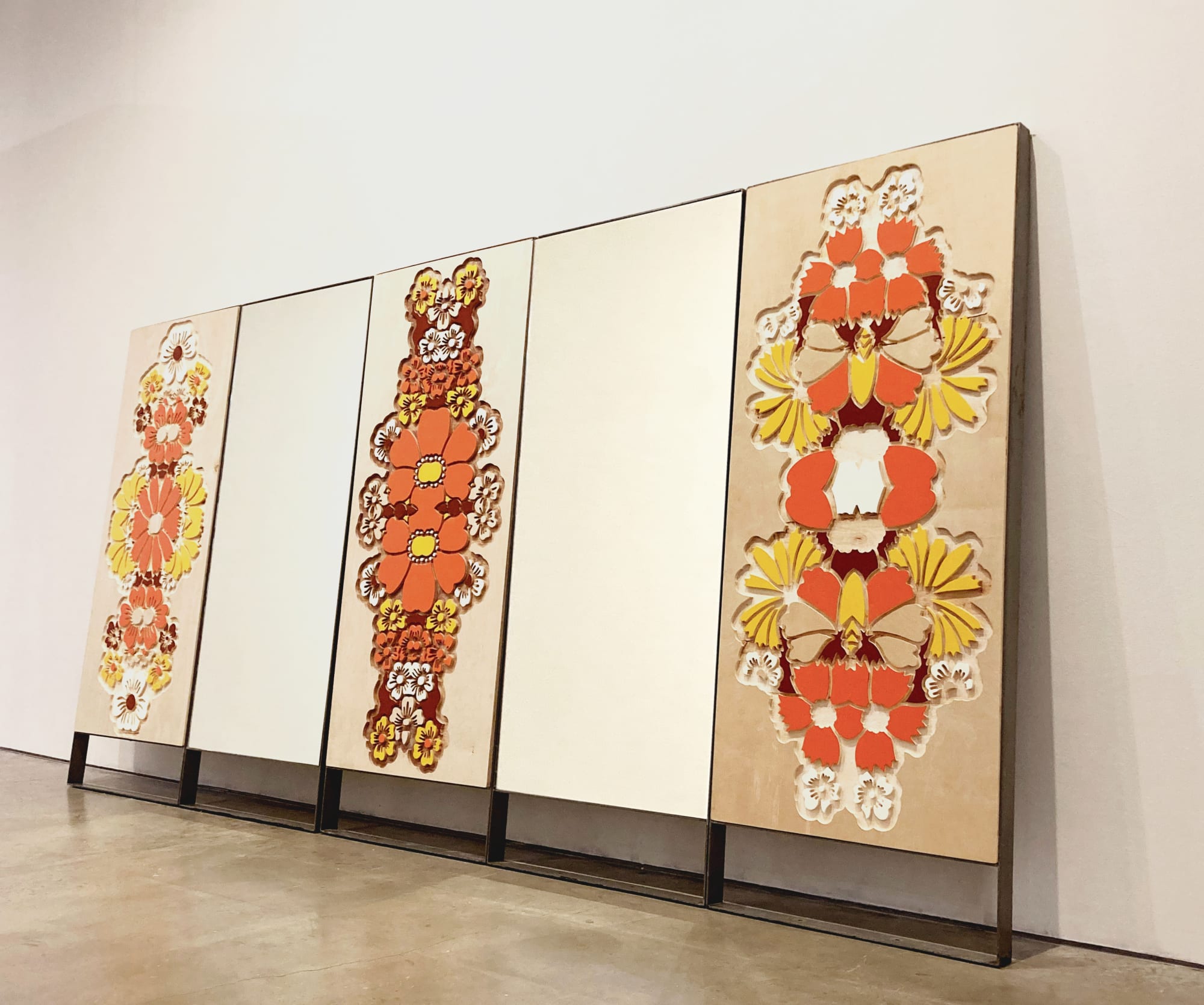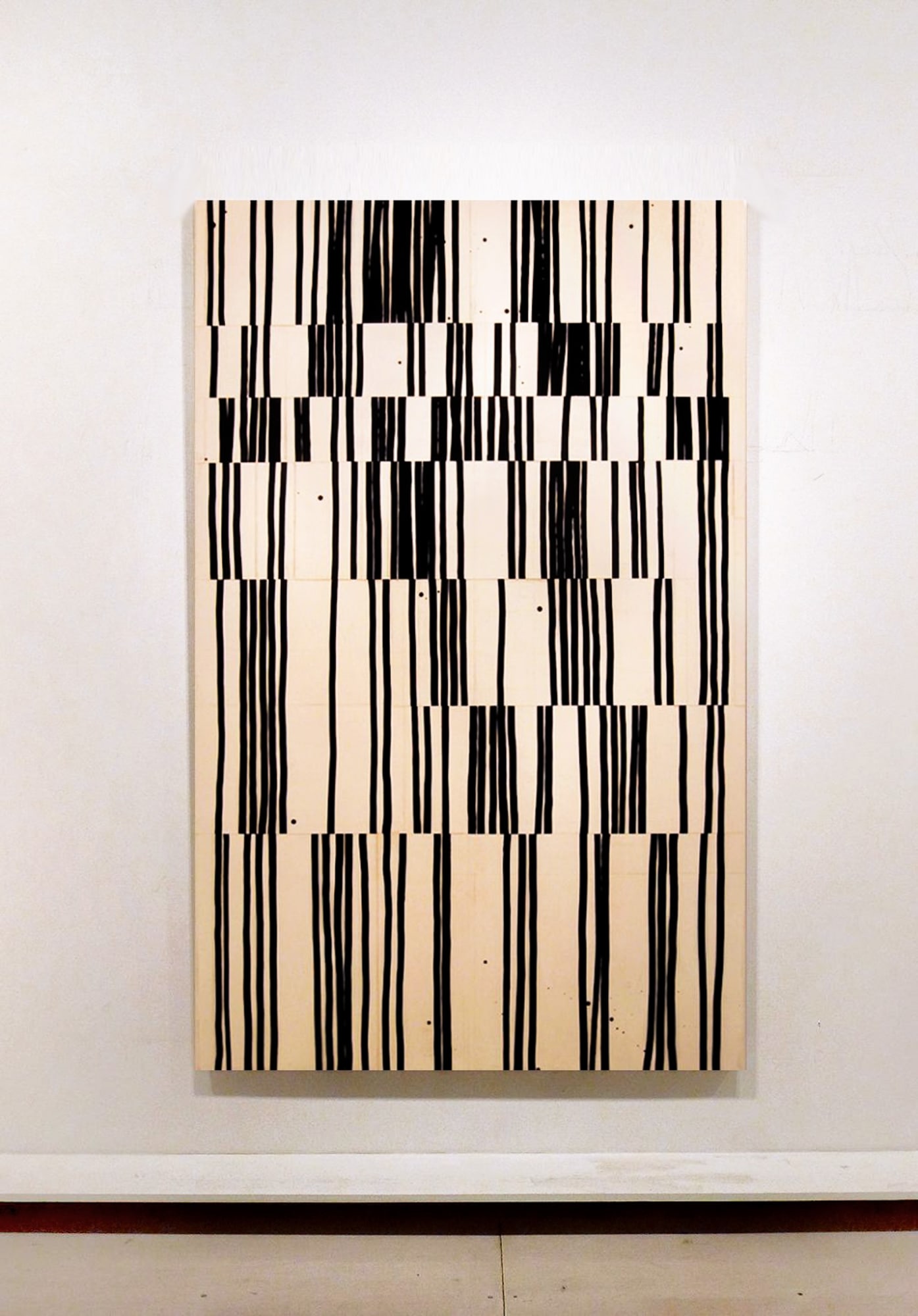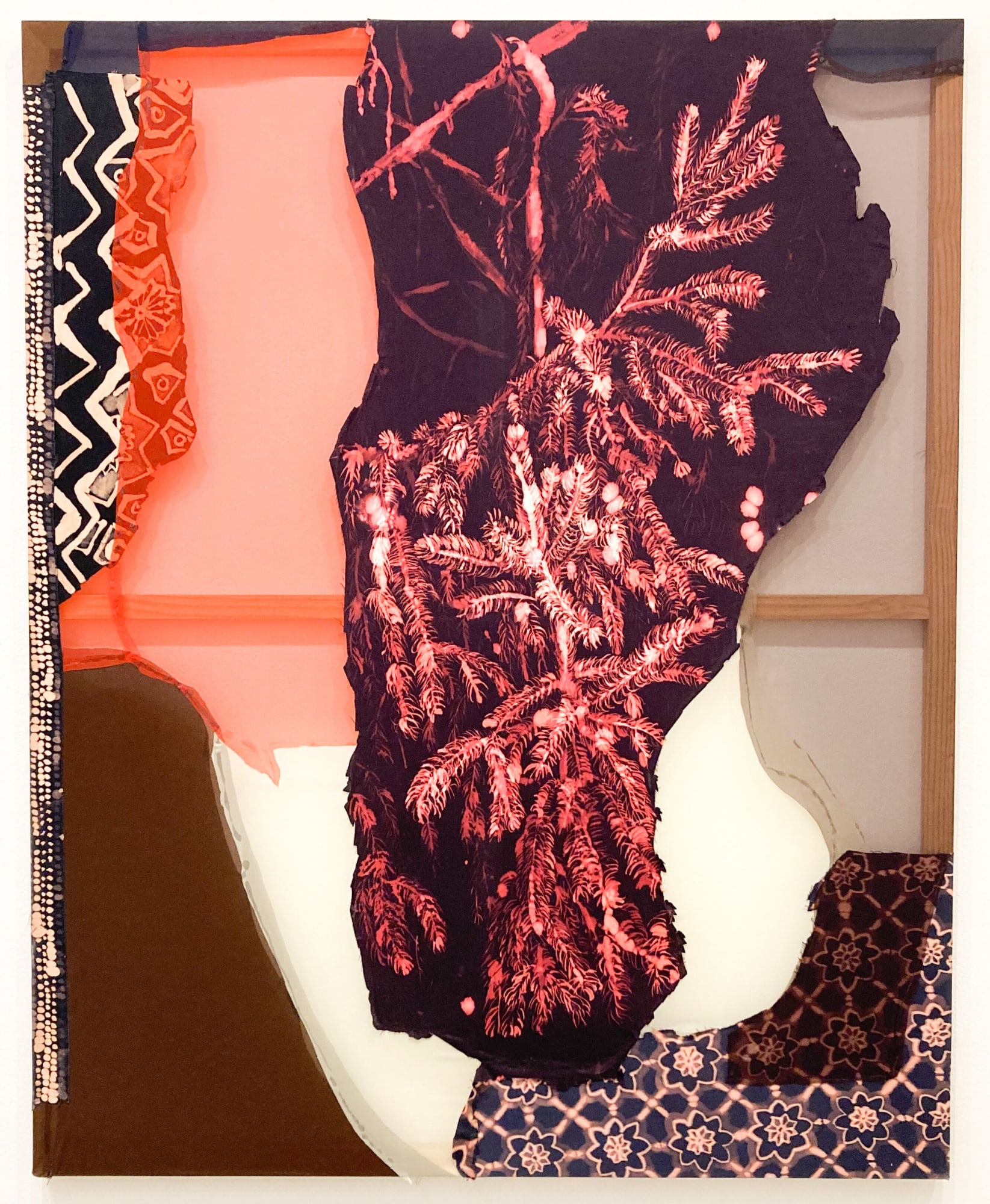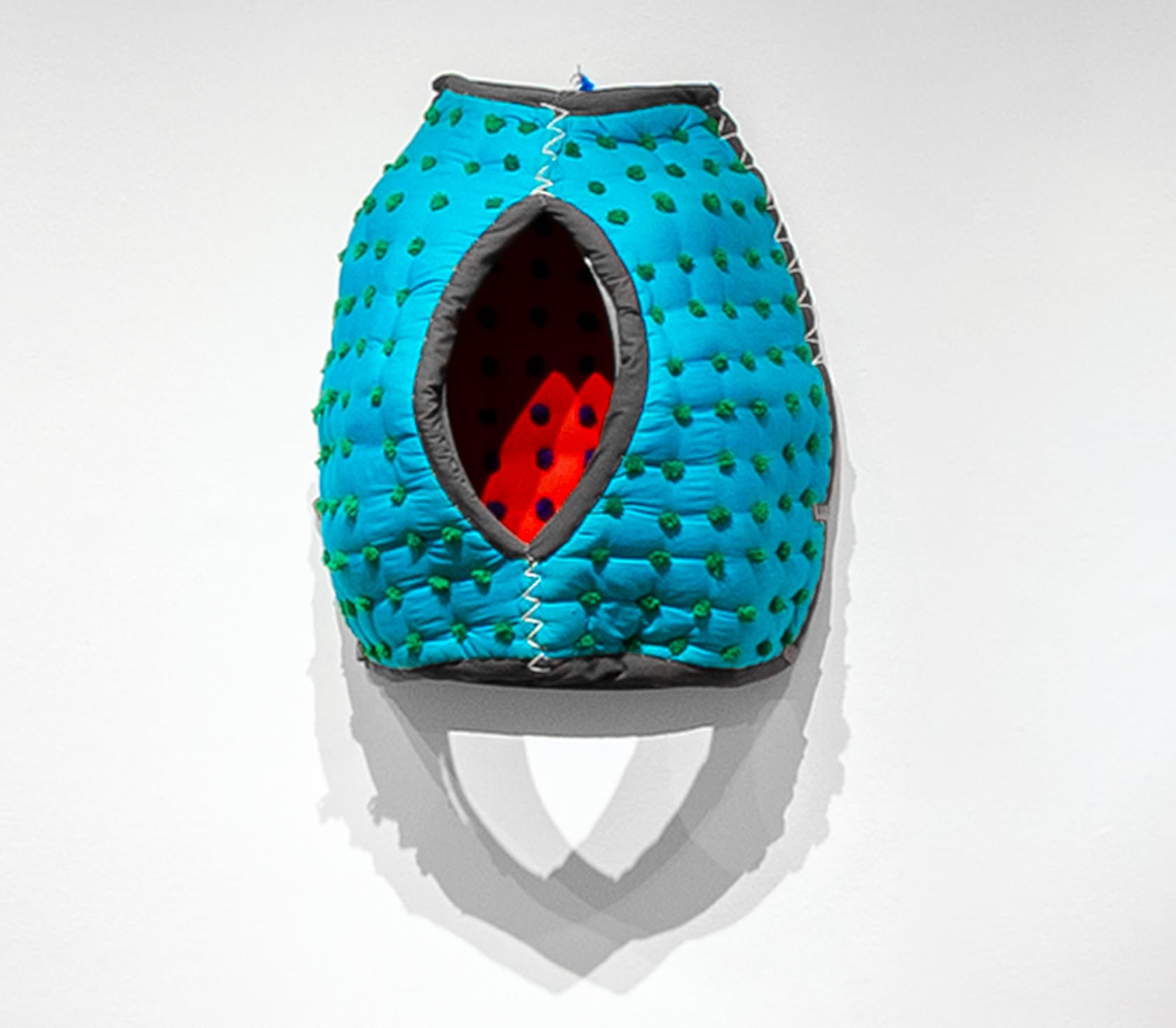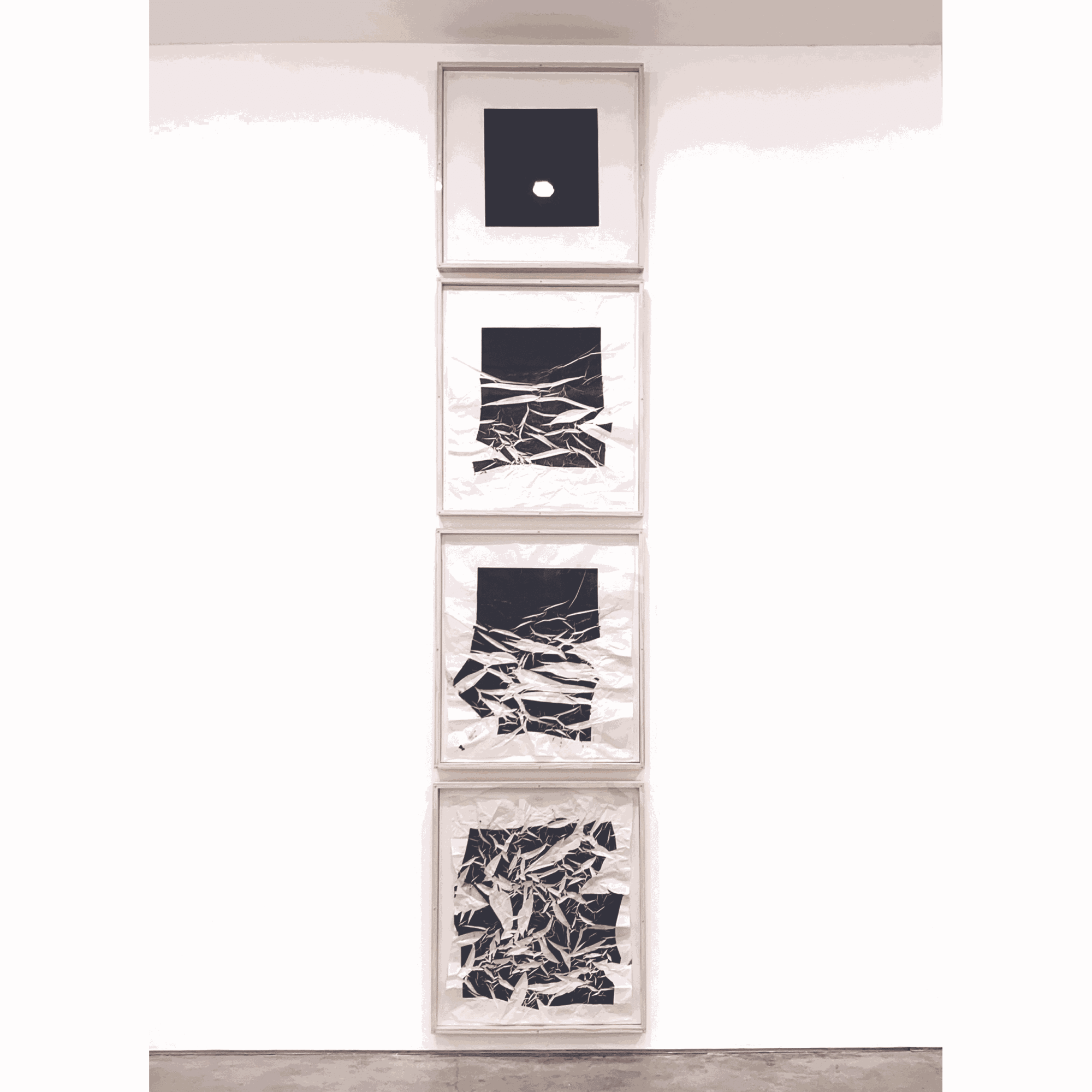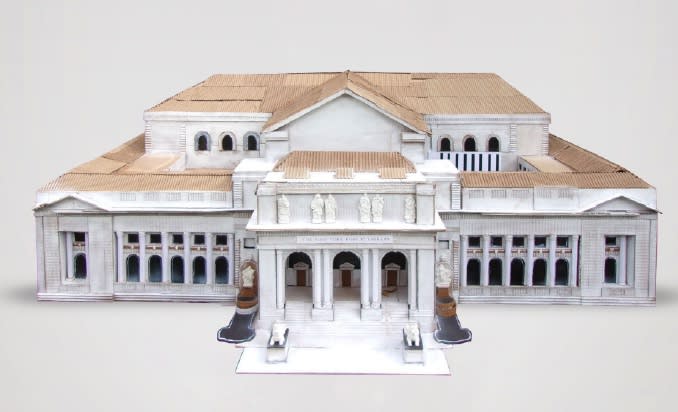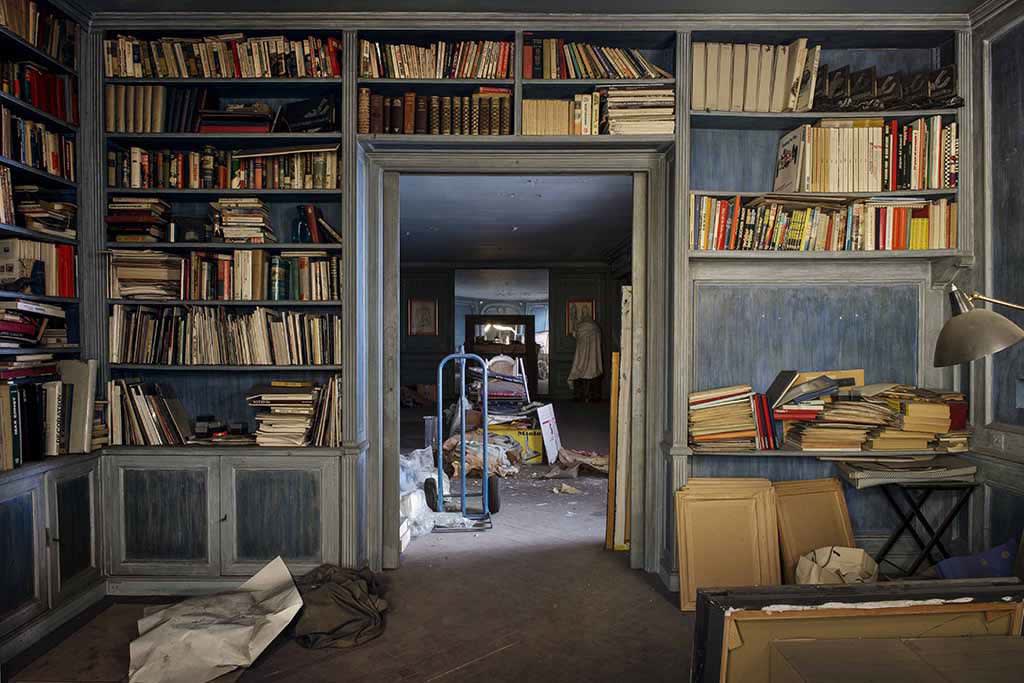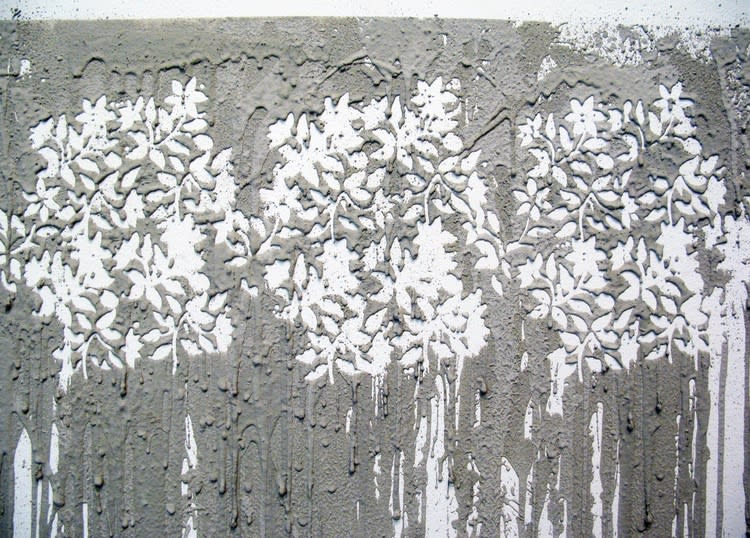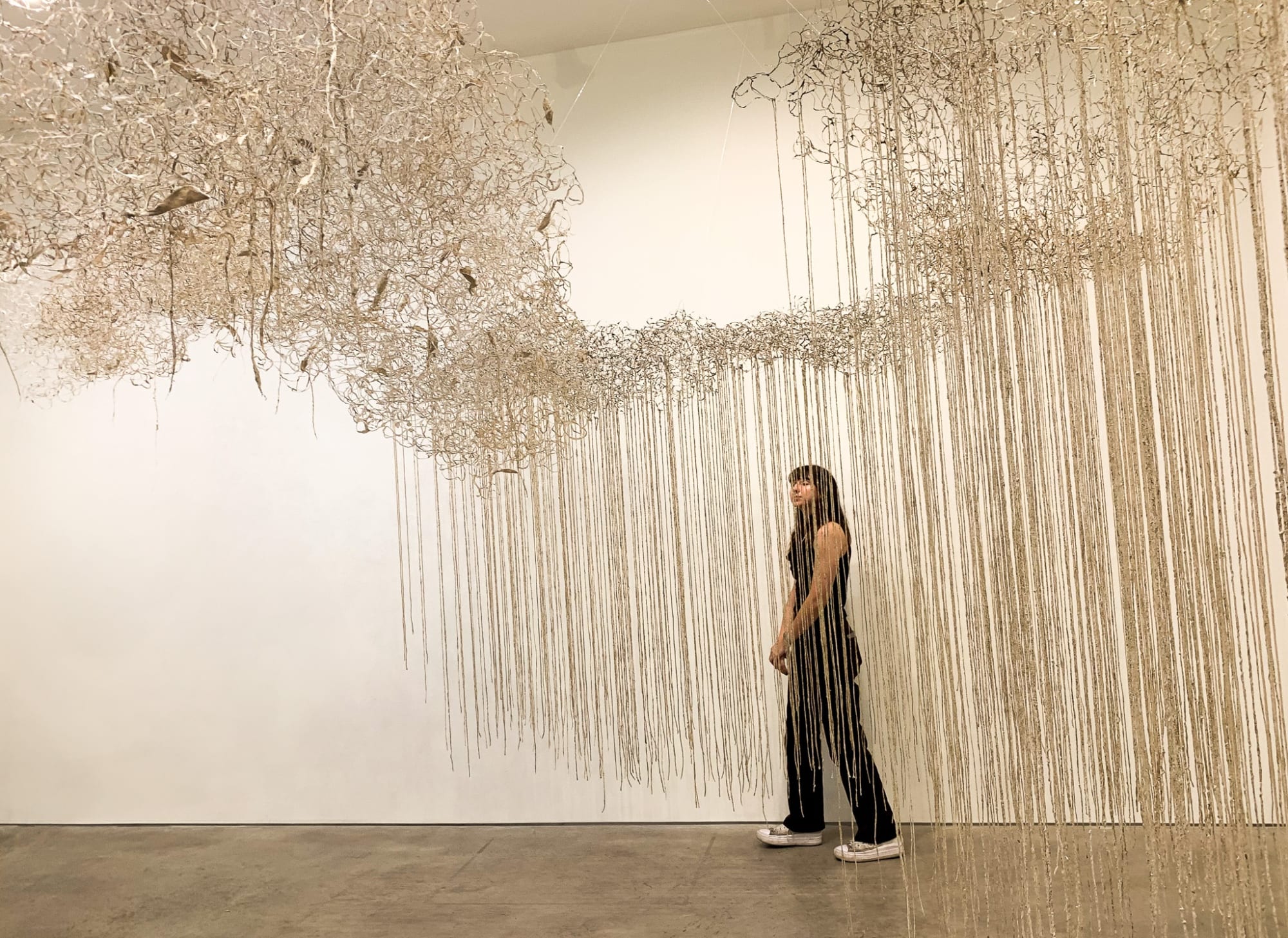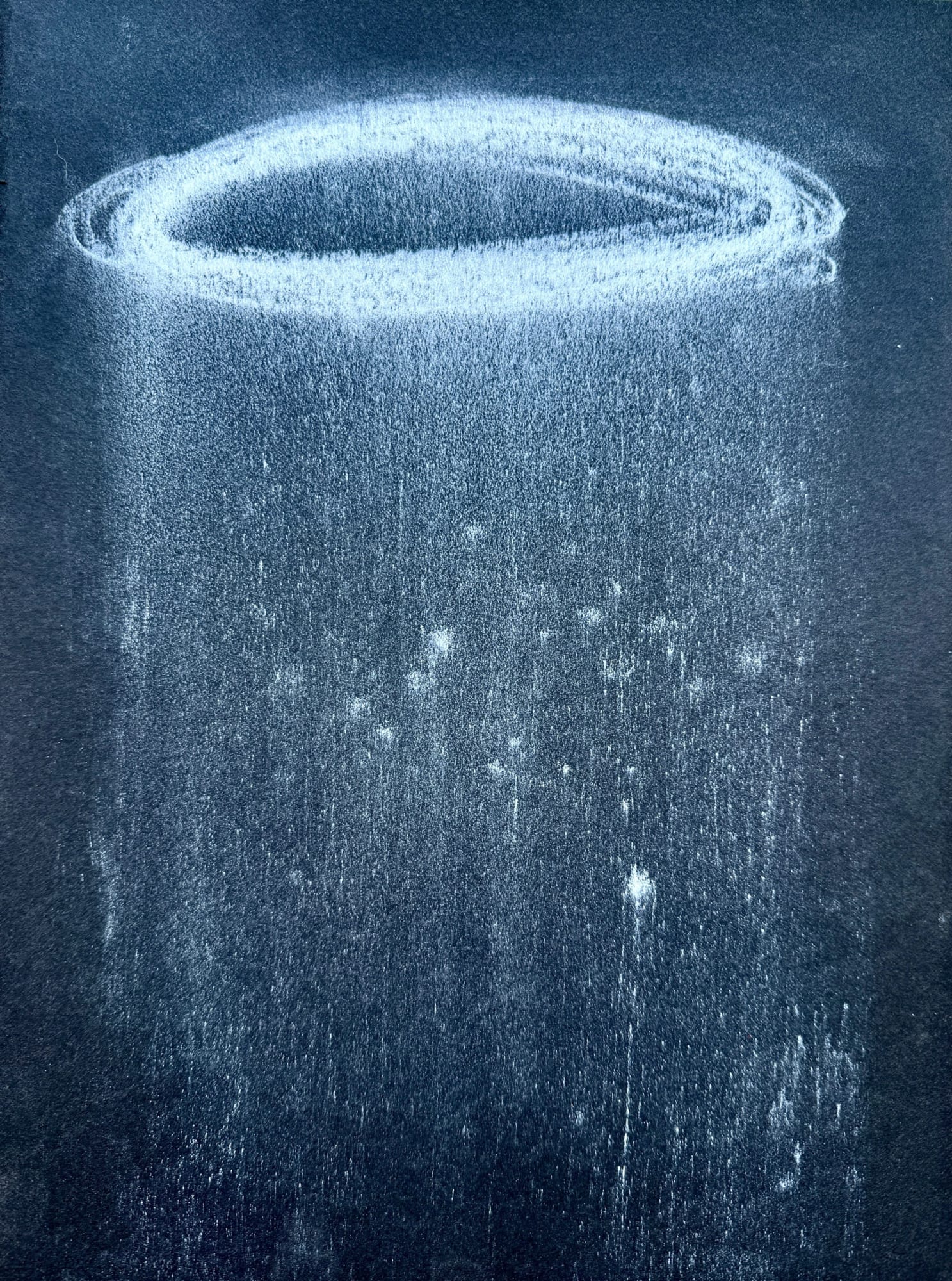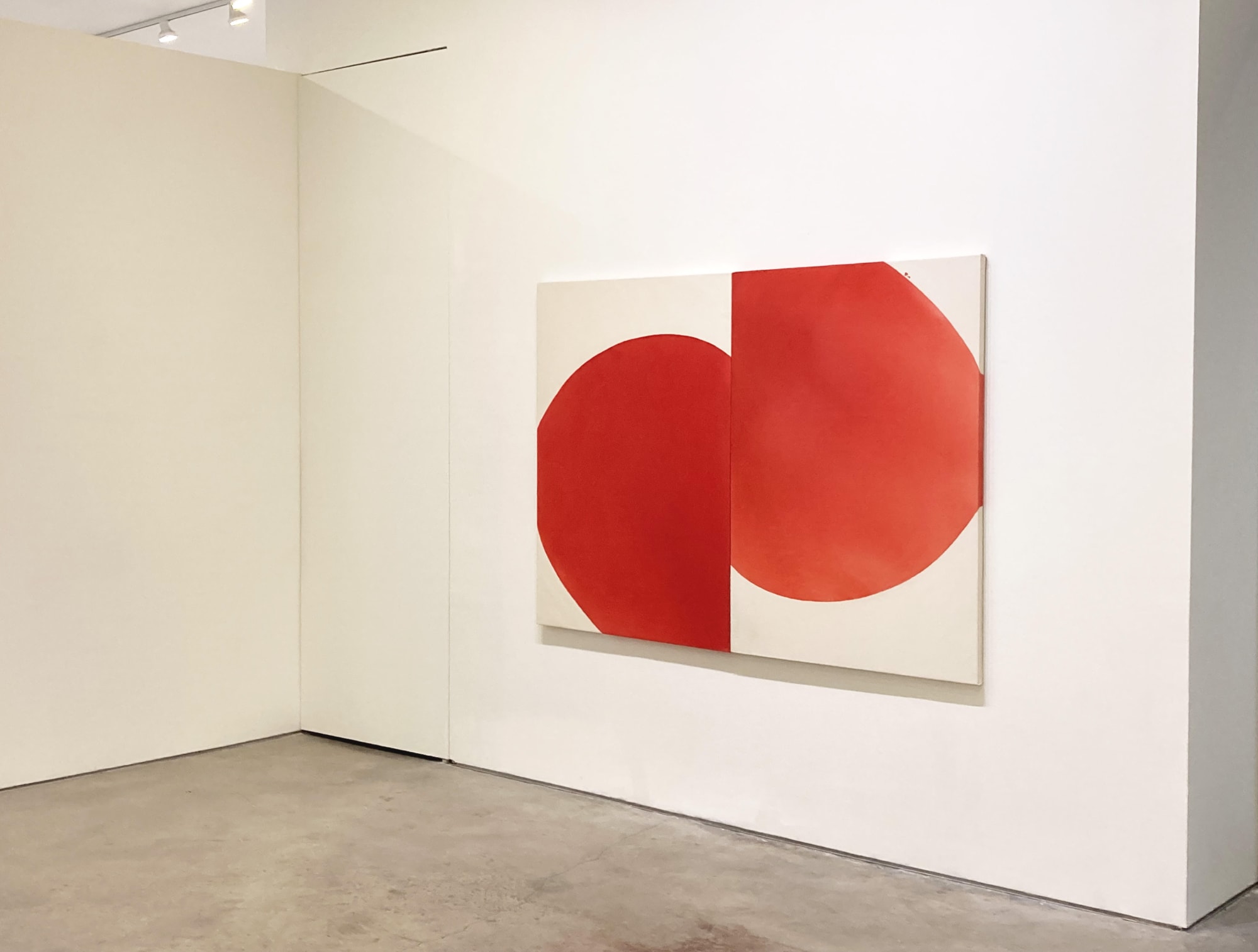REPRESENTED ARTISTS
-
Nicole Awai
-
Andrea Bianconi
-
Sara Bichao
-
Agnes Bourely
-
Fernanda Caballero
-
Joe Davidson
-
Mel Davis
-
Martin Durazo
-
Yizhak Elyashiv
-
Paul Fleming
-
Preston Gaines
-
Robert Kelly
-
Donald Lipski
-
Lauren Luloff
-
Miguel Angel Madrigal
-
Joe Mancuso
-
Anna Mavromatis
-
Nancy O'Connor
-
Gavin Perry
-
Eduardo Portillo
-
Danny Rolph
-
Teresa Serrano
-
Ruth Shouval
-
Kambel Smith
-
Miguel Soler-Roig
-
Troy Stanley
-
Yuriko Yamaguchi

